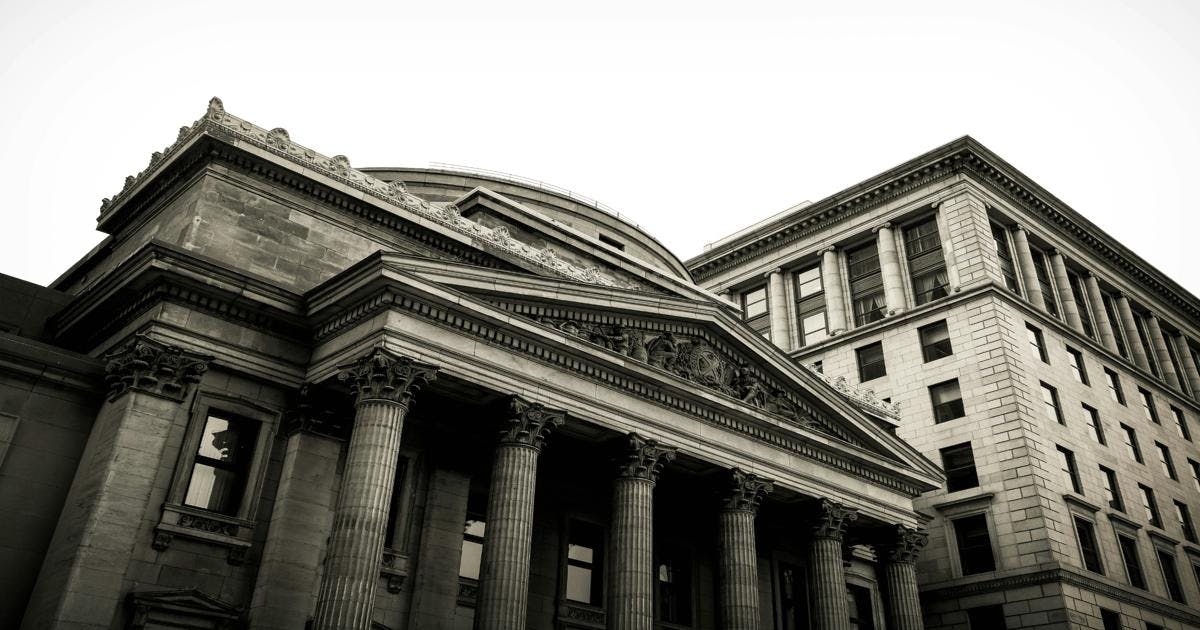
The Hidden Fees in Your Bank Statement

Summary
Hidden bank fees can quietly drain your money unless you review your bank statements.
When was the last time you sat down and actually went through your bank statement line by line? For many people, it’s something they only glance at when checking their balance. But buried in your monthly statement are hidden fees, bank charges, and transaction costs that quietly eat away at your hard-earned money.
In this blog, we’ll uncover the hidden bank fees you should watch out for, explain why they matter, and show how a smarter approach to analysing your bank statements and payslips can save you hundreds of euros each year.
Why Bank Statements Matter More Than You Think
Your bank statement isn’t just a list of transactions – it’s a financial record that reveals where your money goes, how your spending habits look, and what fees are being deducted from your account. Banks are required to disclose charges, but they often appear as small line items, making it easy to miss them. Over time, these charges can add up to significant amounts.
Ignoring your bank statement means ignoring:
- Account maintenance fees
- ATM withdrawal charges
- Overdraft interest
- Foreign exchange charges
- Contactless or transaction fees
By carefully reviewing your statement, you can spot patterns and identify unnecessary charges.
Common Hidden Bank Fees in Ireland
1. Account Maintenance Fees
Many Irish banks charge monthly maintenance fees, often between €4 - €6. While it seems small, that’s €50 - €70 per year just for holding an account. Some accounts waive fees if you meet conditions like keeping a minimum balance or lodging a certain amount each month – but if you don’t, you’ll be paying extra without realising it.
2. ATM Withdrawal Charges
Using ATMs from another bank may trigger withdrawal fees, typically €0.35 per transaction. If you withdraw cash frequently, these can add up quickly.
3. Overdraft Fees & Interest
Overdrafts may seem convenient, but they’re one of the most expensive forms of borrowing. Banks often charge daily fees or high interest rates when your account dips into overdraft. Even small, short-term overdrafts can result in significant costs.
4. Foreign Exchange Fees
Travelling abroad or shopping online from international websites? Your bank likely charges currency conversion fees of 1-3% on top of the exchange rate. These hidden bank charges can make foreign purchases significantly more expensive.
5. Unauthorised Transaction Fees
Some banks impose charges for returned direct debits or unauthorised transactions. These fees can range from €5-€15 per incident.
6. Contactless and Transaction Fees
Although many banks promote contactless transactions, some accounts still charge fees after a certain number of transactions.
Real-Life Example of Hidden Fees
Let’s say Sarah uses her debit card daily, makes three ATM withdrawals a week, and shops online from UK retailers. Over a year:
- Account maintenance fees = €60
- ATM charges = €55
- Overdraft interest (occasional) = €100
- Foreign exchange fees = €120
Total hidden fees = €335 per year
That’s €335 Sarah could have saved, invested, or used to pay down debt – all lost to avoidable bank charges.
How to Spot Hidden Bank Fees
- Review your monthly statements carefully. Look for small deductions labelled as fees, charges, or interest.
- Track recurring charges. If you see the same deduction each month, check whether you can eliminate it.
- Compare bank accounts. Different providers have different fee structures. You may find a cheaper account that suits your needs better.
- Analyse trends over time. Small charges don’t seem like much in one month, but over a year, they add up.
Coming Soon: Automated Bank Statement Analysis
Manually combing through your bank statement can be time-consuming. That’s why Irish Tax Hub’s new financial analysis tool will be a game-changer. It automatically:
- Detects and categorises bank charges
- Highlights patterns in your spending
- Flags areas where you may be overpaying fees
- Links payslip analysis with bank transactions for a complete financial picture
By using smart technology, you can stop wasting money on hidden bank fees and start making better financial decisions.
Final Thoughts
Hidden fees in your bank statement are easy to overlook, but they can take a serious toll on your finances over time. From account maintenance fees to foreign exchange charges, these costs can add up to hundreds of euros per year.
By taking the time to analyse your bank statements – or better yet, letting Irish Tax Hub’s new tool do it for you – you can reclaim control of your money, reduce unnecessary fees, and make smarter financial choices.
This blog post is for informational purposes only and does not constitute tax, financial, or legal advice. Tax laws and regulations are subject to change and may vary based on individual circumstances. Readers are strongly encouraged to consult with a qualified tax professional or financial advisor before making decisions based on the information provided. We make no guarantee regarding the accuracy, completeness, or applicability of this content to your particular tax situation.
Found this article helpful? Like and share it with others
Related Posts

Why Most People Overspend Mid-Month (and How to Stop)

Most people overspend mid-month due to behavioural finance traps, hidden expenses, and poor tracking.

Payslip Review Service: What to Expect

Interested in our payslip review service? Here is an example breakdown of what you can expect to receive.